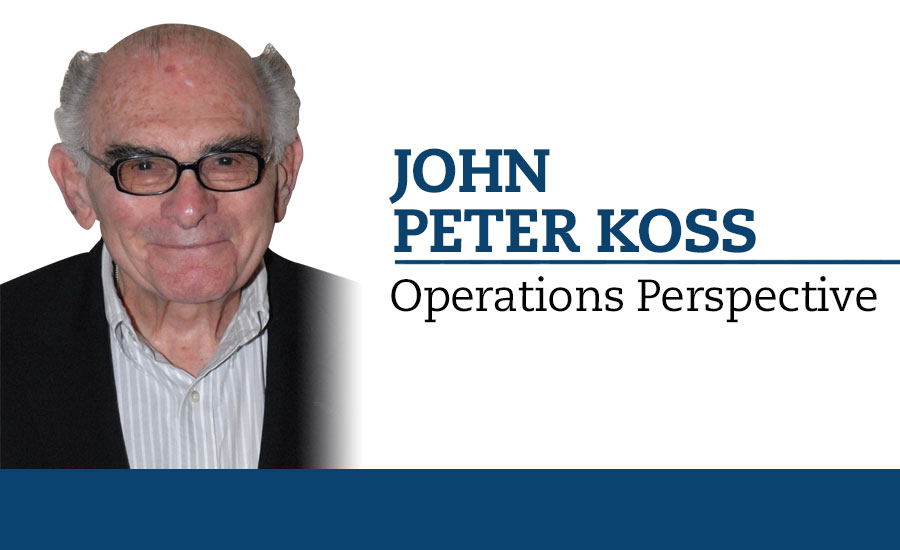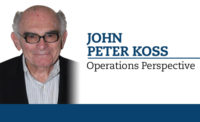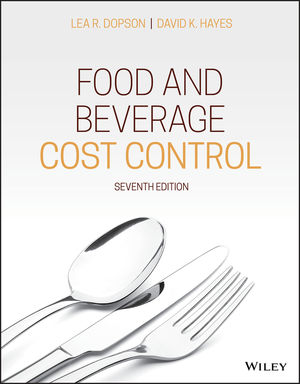Beverage case cost observations prompt critical questions
Cost formula, product machinery determine cost of beverage cases

Many observations occur during studies at production and distribution facilities where finished product beverage cases originate and from numerous project surveys in the marketplace where finished products are for sale.
As a result, these observations have prompted some critical operations questions: 1) What is the direct production cost per case (labor, raw and packaged materials) — is the figure significant and important?; 2) Is there a limit to where value is added (enhancing the product for sale)?; and 3) How many times is a beverage case handled before it is sold and no longer a case?
In most instances, it has been found that customers are not aware of why they are paying the price for the product.
From an operations perspective, a case of beverages, in any category, has value added up to the point of being stored in the warehouse prior to pre-distribution operations. Depending on where you are positioned in the supply chain, this can be questioned without resolve. Beyond that, it has always been debatable as to whether any value has been added to the case before actually being sold. Why is this important and how does it affect any segment of the supply chain?
The production cost per case has to be important because, realistically, it becomes the basis for establishing selling prices further along in the costing process. It has been noted that competition, promotions, packaging, volume, profit and budgets or targets have been the main concerns rather than the actual direct cost.
The cost question always has been a rather secretive issue because producers prefer not to divulge such information classified as competitive in nature. Nevertheless, knowing specifically what it costs to produce a case of beverages provides producers with a platform for negotiating raw and packaging material costs with suppliers and efficiently determining labor and machine hour requirements.
Apart from material cost, usage also is a critical factor in the cost-per-case equation. The usage factor for raw materials, for example, is usually well controlled because of ratios, sequences and formulations; however, there is a “waste” issue which is present in a processing industry like beverages. In some venues, this is referred to as “yield,” which is expected to be 100 percent with zero waste.
Yet, even with sophisticated measuring systems, it is almost impossible to obtain 100 percent yield. Therefore, producers are confronted with using a practical, accurate and economical method for determining a waste factor because it does affect the cost. Raw material yield can become a hidden cost if not astutely established and adequately monitored.
A watchdog item
Packaging materials usage in beverages is a forever watchdog item demanding monitoring in any form of cost system. After the beverage yield has been conquered (which is an invisible entity), how effectively and efficiently are packaging materials being used? Production floor visits might provide answers.
Many producers use some theoretical figures based on percentages and/or supplier experience resulting in questionable and inaccurate factors for costing. This method is probably the only alternative for a new package or product; however, for core packages and products past usage records under comparable operating conditions usually are more realistic and accurate.
In the cost picture, even though materials generally comprise the largest portion, labor and machinery costs are an integral part of the cost-per-case formula.
Production line staffing should be determined by the manual tasks or attention time required by workstation lay out, machine speeds, degree of automation and package configuration. For example, based on tasks involved: one person may be required to operate the filler and one person should attend to two palletizers.
Using this approach, the entire lines’ labor cost can be established for each packages’ operating condition. It also becomes the basis for measuring labor productivity, cases produced per labor hour worked. This complete equation is designed to completely answer what is labor cost per case?
Production line machinery speed is always controversial and establishing the cost speed involves a detailed evaluation of rated speeds, downtime history, package configuration and products being run. The process has many approaches, but using the manufacturer’s rated speed at 100 percent line efficiency, reduced by the established downtime factor (100 percent - 15 percent downtime) provides a cost speed.
For example: 100 – 15 = 85, where 1,000 case per hour (cph) x 85 percent = 850 cph becomes “cost speed.” This equation becomes the basis for measuring machine productivity, cases produced per machine hour run.
The approach is basic, fundamental and adapts to whatever costing system is used. However, there are numerous hidden costs (recognized, unmeasured and nonquantified) associated with beverage cases across the board. Those costs are handling costs, including pre-distribution, (ASRS, picking, staging and loading), distribution, (retail, commissary and wholesale) plus handling from distribution locations to point-of-sale, it is all handling without added value to the beverage case itself. BI
Looking for a reprint of this article?
From high-res PDFs to custom plaques, order your copy today!







